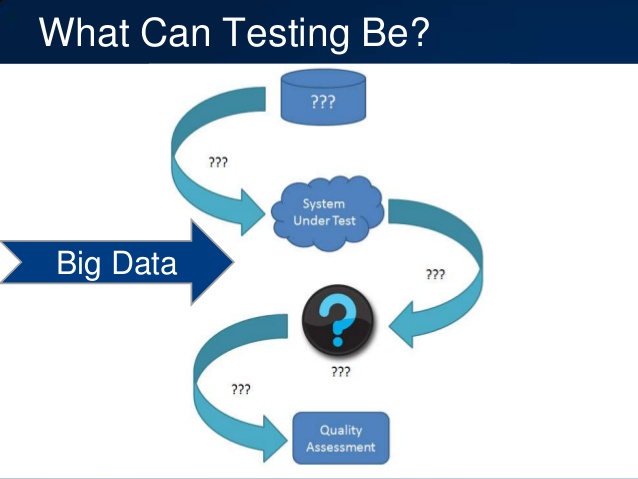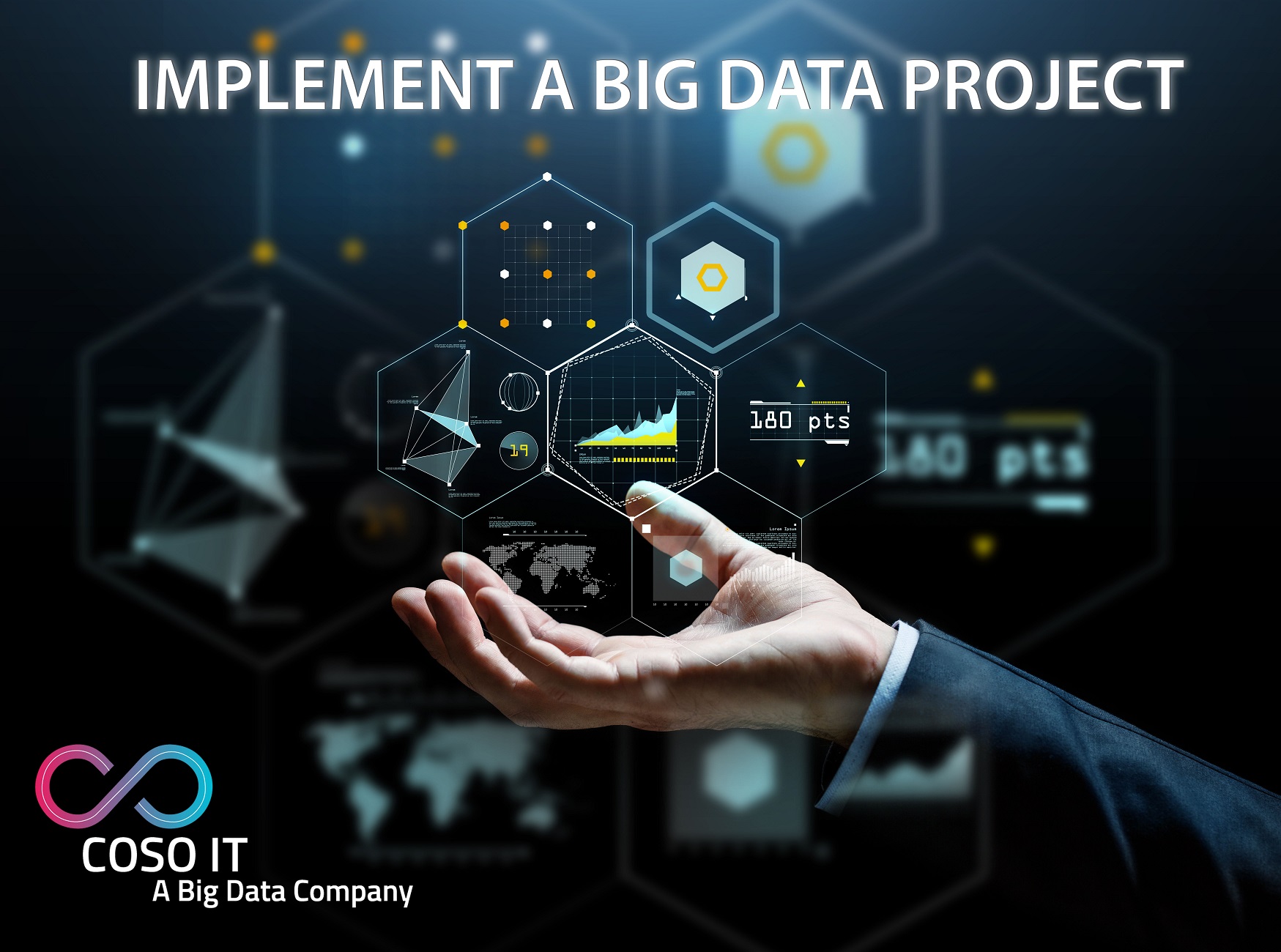How to Implement a Big Data Project?

How To Implement A Big Data Project
While the Big Data technology ensures to take care of the volume, velocity, veracity, variety, variability and value aspects of the constantly piling data, companies are initially skeptical on ensuring the appropriate implementation of their customized Big Data project using different technologies like Hadoop and Cassandra. Cost reduction, effective risk management, development of new marketing and product strategies along with getting data analysis on real-time basis help businesses in attaining a greater level of efficiency and highly optimized work processes.
 But organizations can reap these advantages only through proper implementation of Big Data or else it may have to face numerous challenges that can result in losses too. Not only businesses must understand their infrastructure requirements but also devise an intelligent plan for implementation of the Big Data project. This plan must include these basic 8 steps for preparing the company for unforeseen challenges and tap the rare opportunities as well:-
But organizations can reap these advantages only through proper implementation of Big Data or else it may have to face numerous challenges that can result in losses too. Not only businesses must understand their infrastructure requirements but also devise an intelligent plan for implementation of the Big Data project. This plan must include these basic 8 steps for preparing the company for unforeseen challenges and tap the rare opportunities as well:-
1. Build A Dynamic Project Team
Various Big Data strategies must be planned and proposed so that their scope of a successful implementation can be chalked out. For this purpose, an organization must pool Big Data professionals and form a dedicated project team to help actualize organizational objectives through Big Data.
2. Start With The Existing Database
Along with the existing database, businesses need to search and prioritize more data sources to find the most suitable Big Data strategy. After finding these additional data sources, options regarding the usage of Big Data techniques must be evaluated so that the data can be put to process in a seamless manner.
3. Prioritise The Customer
One of the major steps that determine what result gets generated after you identify and prioritize data sources is to collaborate it with the needs and preferences of the target audience. Pitching the right kind of products to the potential customers can eventually widen the customer base while increasing the revenue.
4. Go Slow & Gauge The Possibilities
Once an enterprise has embarked with a team of professionals and has streamlined new data sources in Big Data project, it must adopt a cautious approach. It must start incorporating new data hubs one by one. Since the business has just started adapting to this new technology, gauging the results from the actions slowly should be the priority. Once the processes get accustomed to the new data sources, move on steadily to learn newer opportunities to generate more results.
5. Bring Data Driven Decisions To Company Process
Every new data set that an enterprise identifies underlay an opportunity to bring a major transformation or a slight amendment in the company processes. Such data sets can have significant influence in the way the company is portraying its products or services in the market in terms of product or service quality, pricing, packaging, promotional strategies or advertising.
6. Create A Repetitive Process To Take Suitable Action
It is essential to convert the results generated by on and off reports on adding new data sets into action. The intelligent approach while adding additional data sets must be directed towards planning an action path on the basis of those data analysis. This is a very crucial step so that the new data set added must not be devoid of a productive connection between the organizational plans and its customers or products or services.

7. Experiment, Evaluate & Make Amendments
The team of an organization's Big Data project can utilize a particular data set and devise an action plan for it through their set of assumptions. Such kind of experimenting on the advertising strategy of a company, for example, through Big Data can help in identifying which of the ads are performing brilliantly and which ads are failing to attract the target market.
8. Start Creative Analysis Of Customer's Life Cycle
After few successful attempts in the completion of Big Data projects, organizations can slowly implement creative plans by analyzing different aspects of customer's lifecycle and focusing on conducting data analysis on the vital questions like how do customers find out new products? Where do they find information about the purchase, prices, and discounts? Or how can an enterprise connect to its prospective customers at different locations?
